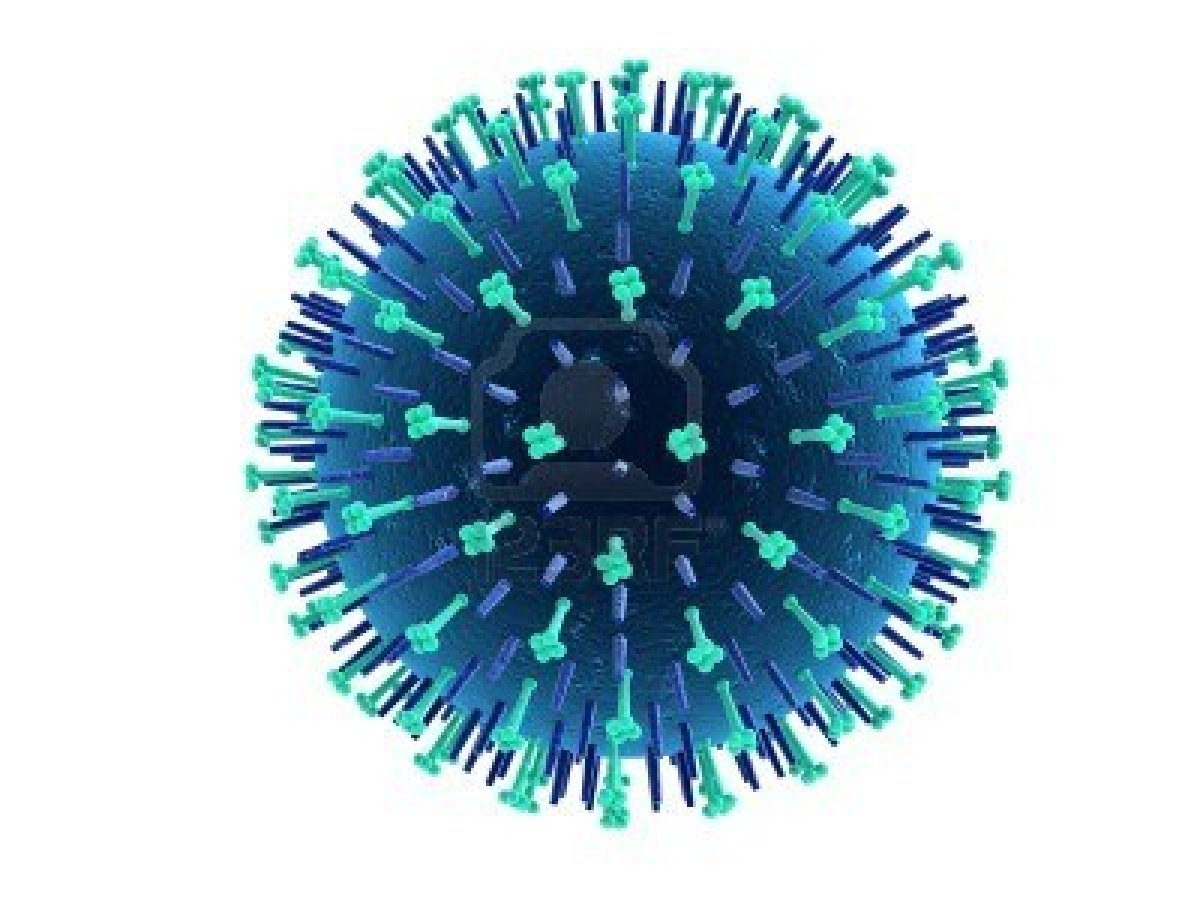L’étude a été menée par des chercheurs français, dirigés par le professeur Yves Dauvilliers, neurologue et directeur du laboratoire de sommeil au CHU de Montpellier. Ils ont comparé les effets secondaires de plusieurs vaccins contre diverses maladies : l’hépatite B, la diphtérie, le tétanos, la grippe saisonnière et la grippe H1N1. « Or un seul vaccin a des liens avec la narcolepsie: le H1N1″, explique le professeur. Ces recherches viennent donc confirmer une autre étude qui avait révélé ces effets secondaires dès 2010 sur des enfants vaccinés contre le H1N1 en Finlande, en Suède, en Irlande et en Grande-Bretagne.
Grippe H1N1 : 60 cas de narcolepsie associés au vaccin en France – Pourquoi Docteur ?.
Publication originale en anglais: http://brain.oxfordjournals.org/content/136/8/2486.abstract?sid=e34c0587-a676-41c4-bedc-8c9addd9965b
An increased incidence of narcolepsy in children was detected in Scandinavian countries where pandemic H1N1 influenza ASO3-adjuvanted vaccine was used. A campaign of vaccination against pandemic H1N1 influenza was implemented in France using both ASO3-adjuvanted and non-adjuvanted vaccines. As part of a study considering all-typenarcolepsy, we investigated the association between H1N1 vaccination and narcolepsy with cataplexy in children and adults compared with matched controls; and compared the phenotype of narcolepsy with cataplexy according to exposure to the H1N1 vaccination. Patients withnarcolepsy-cataplexy were included from 14 expert centres in France. Date of diagnosis constituted the index date. Validation of cases was performed by independent experts using the Brighton collaboration criteria. Up to four controls were individually matched to cases according to age, gender and geographic location. A structured telephone interview was performed to collect information on medical history, past infections and vaccinations. Eighty-five cases with narcolepsy-cataplexy were included; 23 being further excluded regarding eligibility criteria. Of the 62 eligible cases, 59 (64% males, 57.6% children) could be matched with 135 control subjects. H1N1 vaccination was associated with narcolepsy-cataplexy with an odds ratio of 6.5 (2.1–19.9) in subjects aged <18 years, and 4.7 (1.6–13.9) in those aged 18 and over. Sensitivity analyses considering date of referral for diagnosis or the date of onset of symptoms as the index date gave similar results, as did analyses focusing only on exposure to ASO3-adjuvanted vaccine. Slight differences were found when comparing cases with narcolepsy-cataplexy exposed to H1N1 vaccination (n = 32; mostly AS03-adjuvanted vaccine, n = 28) to non-exposed cases (n = 30), including shorter delay of diagnosis and a higher number of sleep onset rapid eye movement periods for exposed cases. No difference was found regarding history of infections. In this sub-analysis, H1N1 vaccination was strongly associated with an increased risk ofnarcolepsy-cataplexy in both children and adults in France. Even if, as in every observational study, the possibility that some biases participated in the association cannot be completely ruled out, the associations appeared robust to sensitivity analyses, and a specific analysis focusing on ASO3-adjuvanted vaccine found similar increase.
